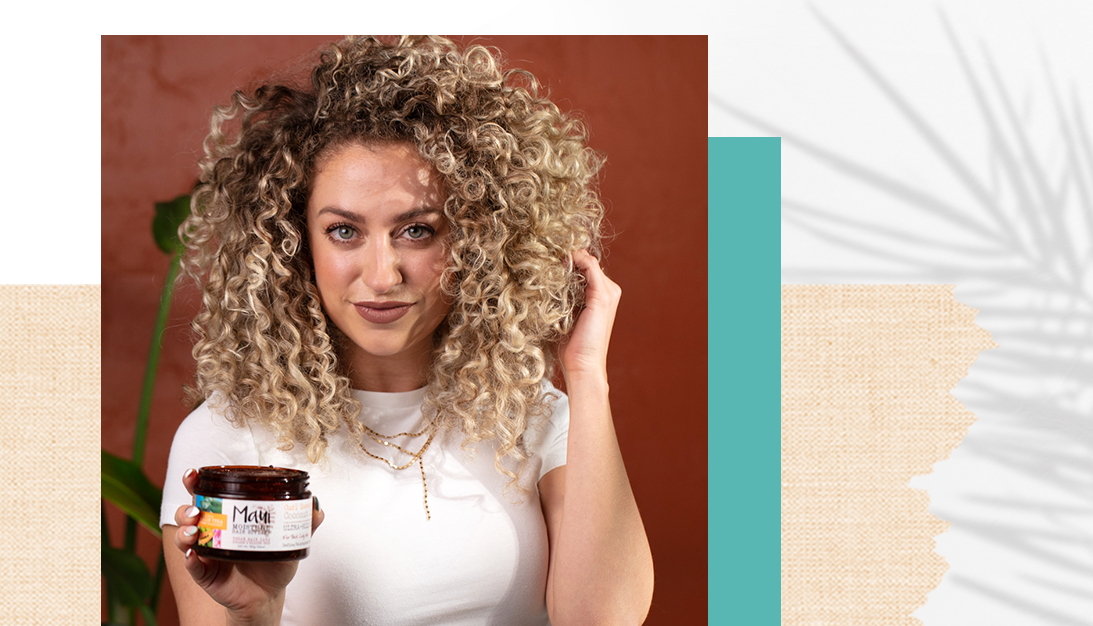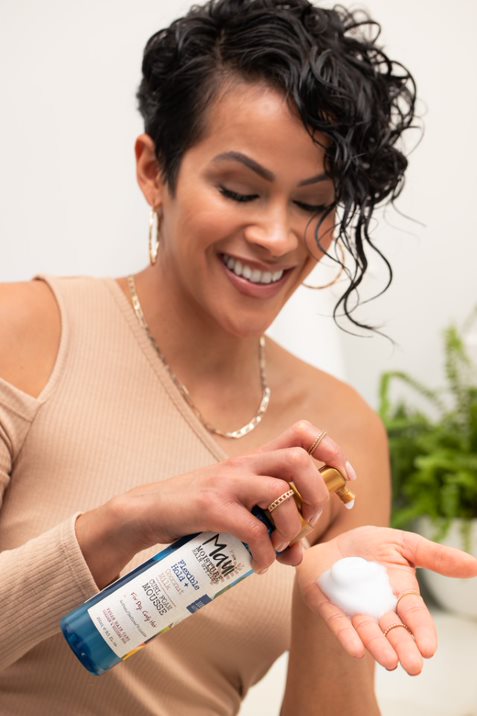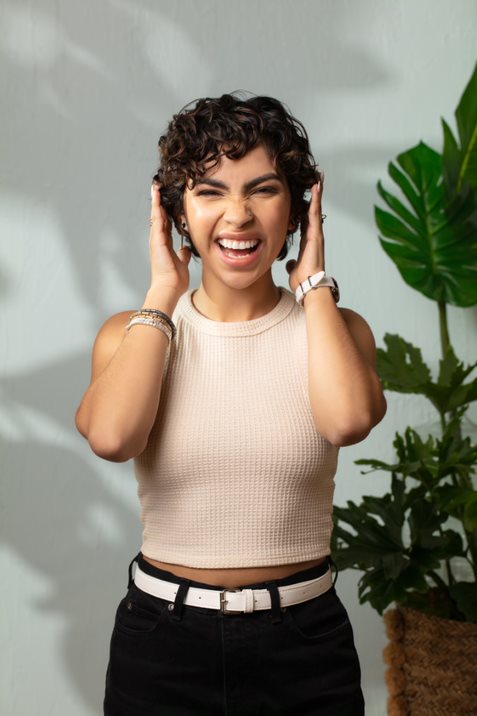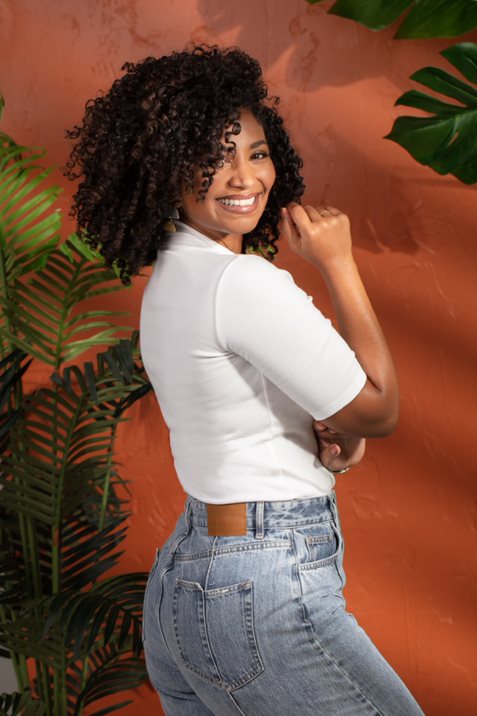You already know aloe vera as a skincare and health ingredient, but did you know that this wonder-plant can work miracles on your hair, too? Aloe has excellent hydrating properties that can quench your parched curls leaving them hydrated, bouncy and shiny. There’s a reason that aloe is our first ingredient in our formulas… read on to find out how we infuse aloe into our hydrating formulas.
What is Aloe Vera?
When you think of Aloe Vera, you may think of aftersun gels or even aloe juice. This clear, soothing gel comes from the aloe succulent plant. Originally found in hot, arid climates, aloe vera is able to retain moisture in even the most dry conditions. For this reason, people have been slathering themselves in this super-hydrating beauty ingredient for centuries. The well-known moisturizing properties of Aloe vera make it the perfect foundation for your curly hair routine!
How Does Aloe Vera Help Dry Hair?
Hydrates The Strand
For your best ever curls, hydration is key. The benefits of hydrated hair – ie, hair that is able to absorb and retain moisture – is hair that is smoother, shinier and less prone to breakage. As curly hair is more prone to dryness, hydrating ingredients are a top priority in a curly hair care routine.
Aloe-infused formulas can aid in moisture absorption and help define your strands. This lightweight, long-lasting hydration makes aloe a crucial ingredient in any step of your curly hair care routine.
How To Add Aloe To Your Hair Care Routine
Start Strong With Shampoo & Conditioner
Your best ever curls start in the shower. For wavy hair, the trick is to harness as much moisture as possible without overloading the hair. Our Lightweight Curls + Flaxseed Shampoo and Conditioner infused with aloe and flaxseed provide miracle hydration and lightweight moisture. The result? Clean, defined, hydrated waves that aren’t weighed down.
For curly or coily hair that could drink endless water, opt for wash day products that are more rich and creamy. Our Curl Quench + Coconut Oil Shampoo and Conditioner starts with Aloe vera as the first ingredient and is also infused with coconut oil and creamy papaya extract. Curls are left feeling soft, shiny, and hydrated.
Long Lasting Leave-Ins
The perfect time to apply leave-in products to your hair is when it is still wet after the shower – all that extra moisture can be locked in to encourage soft, shiny curls, coils or waves. A curl milk or smoothie, like our Curl Quench + Coconut Oil Curl Smoothie, provides extra nourishment and hydration. Your hair is tangle and frizz-free, and your curls are defined and bouncy.
#AloeForCurls
Your hair deserves the very best hydration, which is why we’ve created moisturizing formulas infused with aloe vera and other hydrating ingredients. From the perfect wash and style, to refreshing your locks on the days in between, there’s an aloe infused product for every step and curl type!
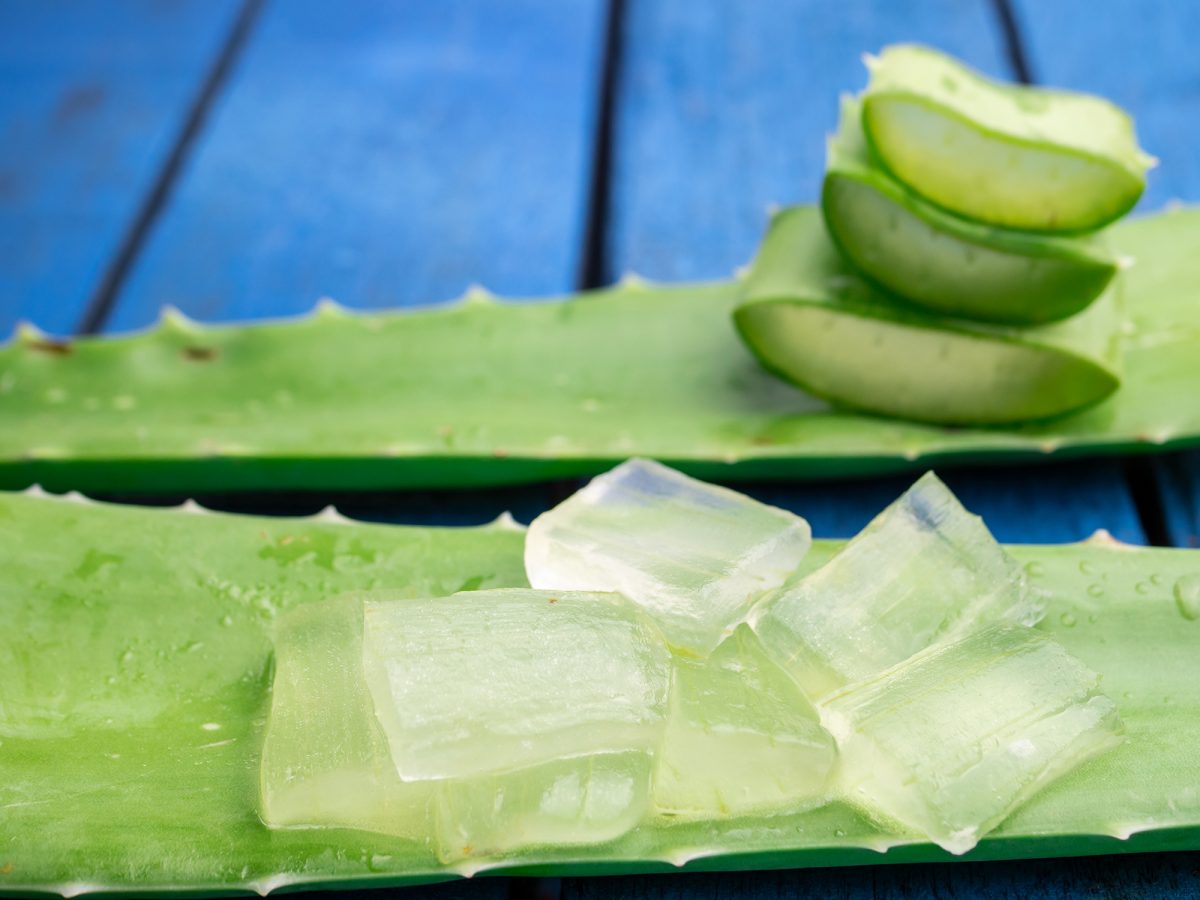
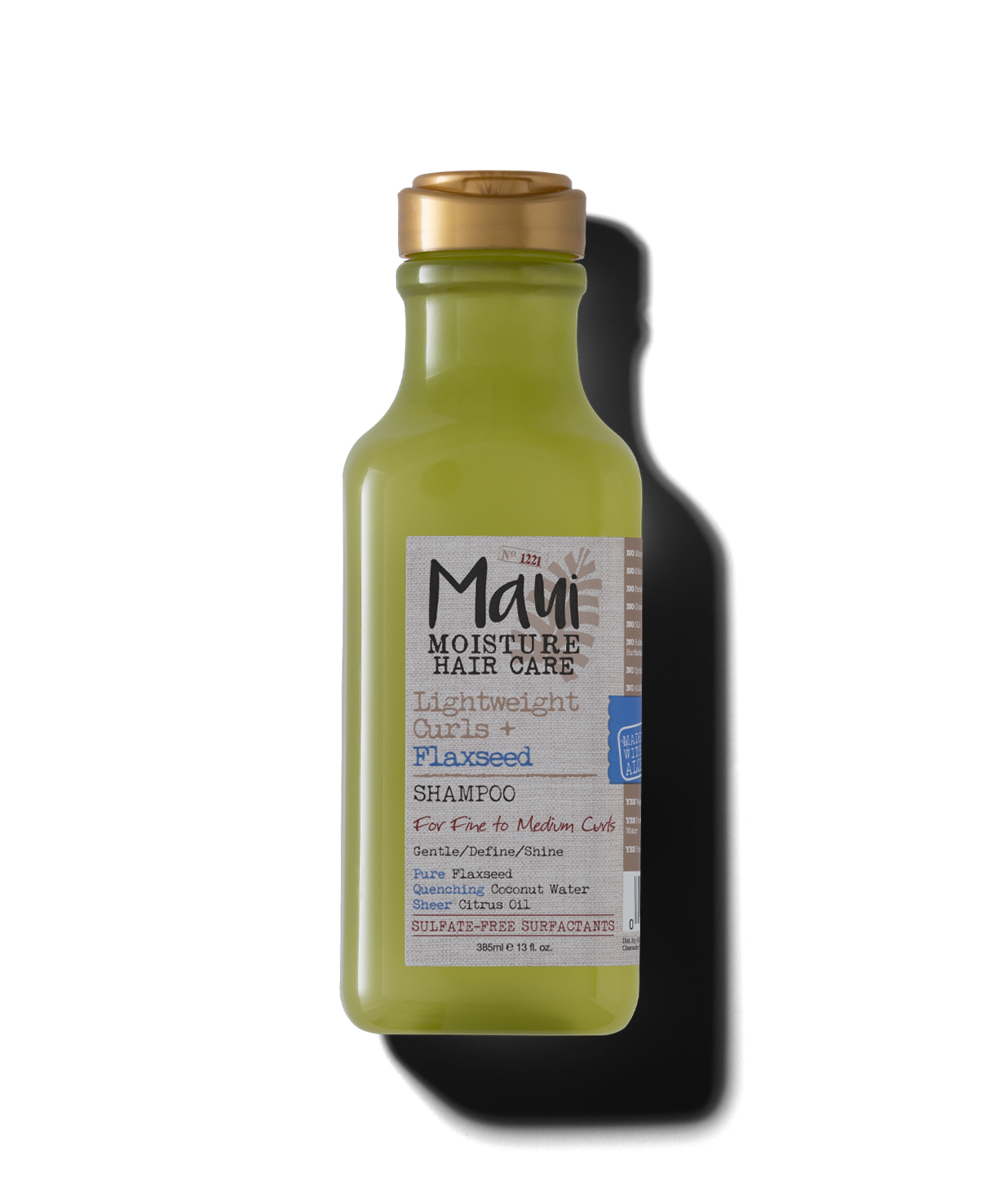
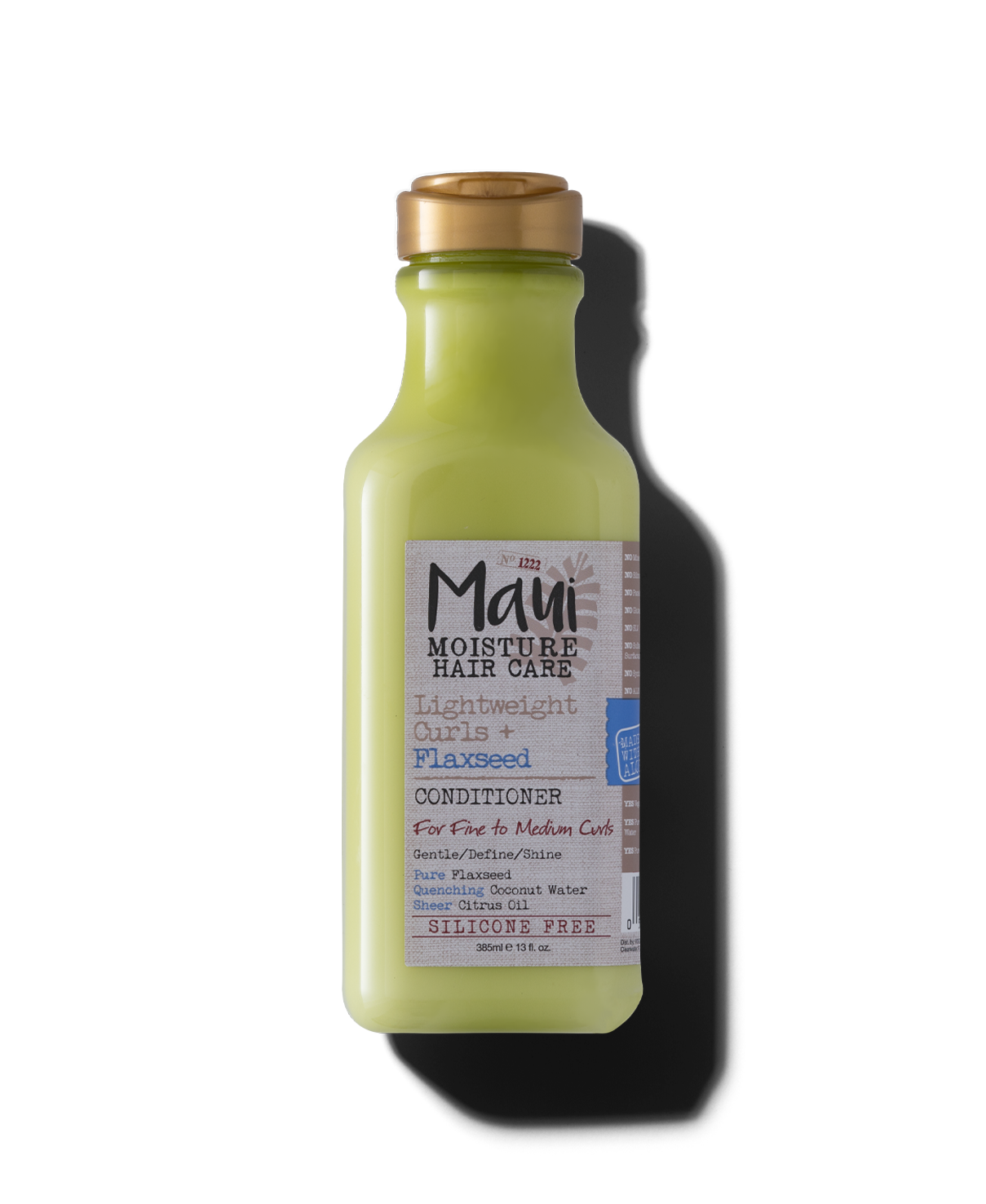
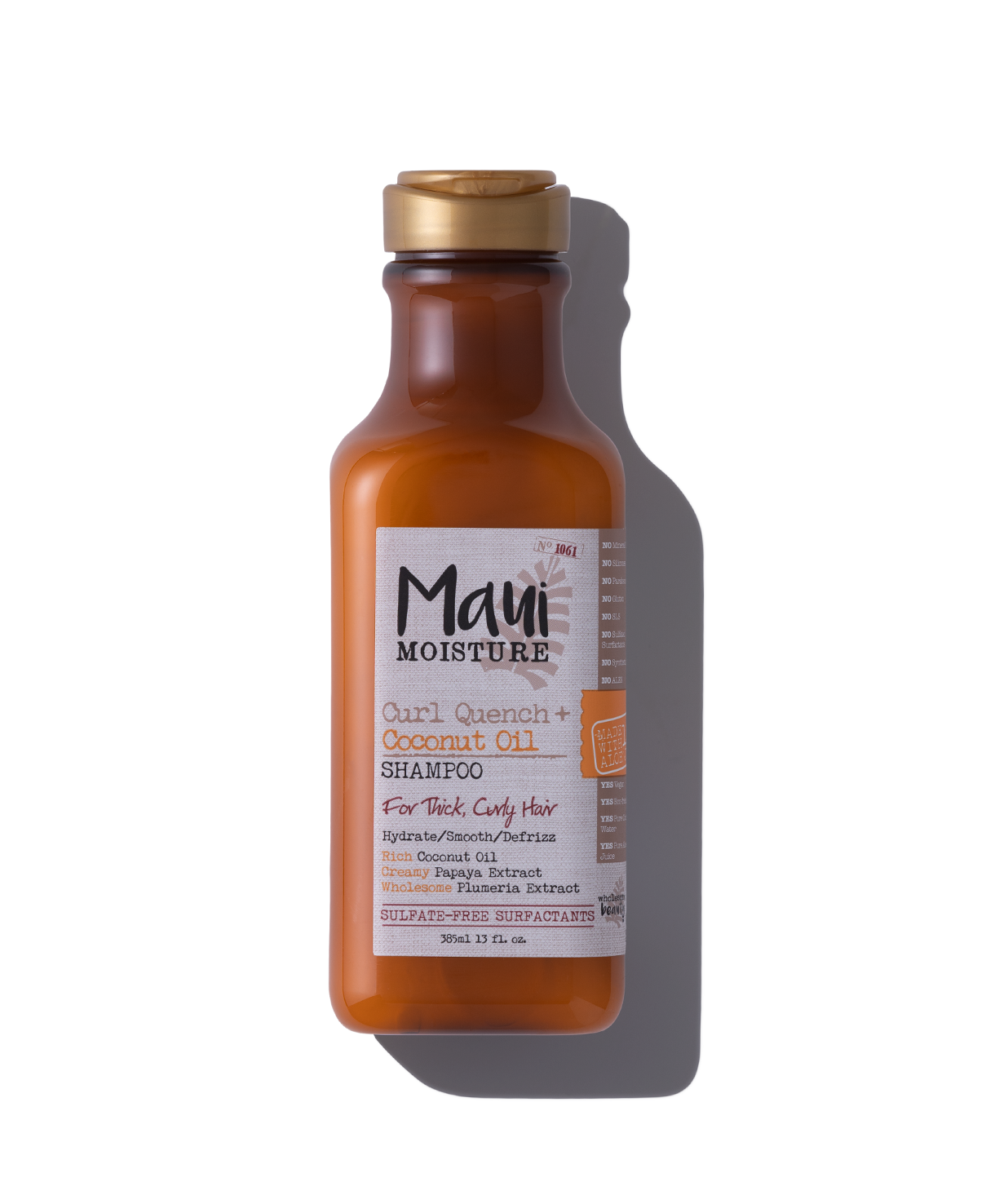
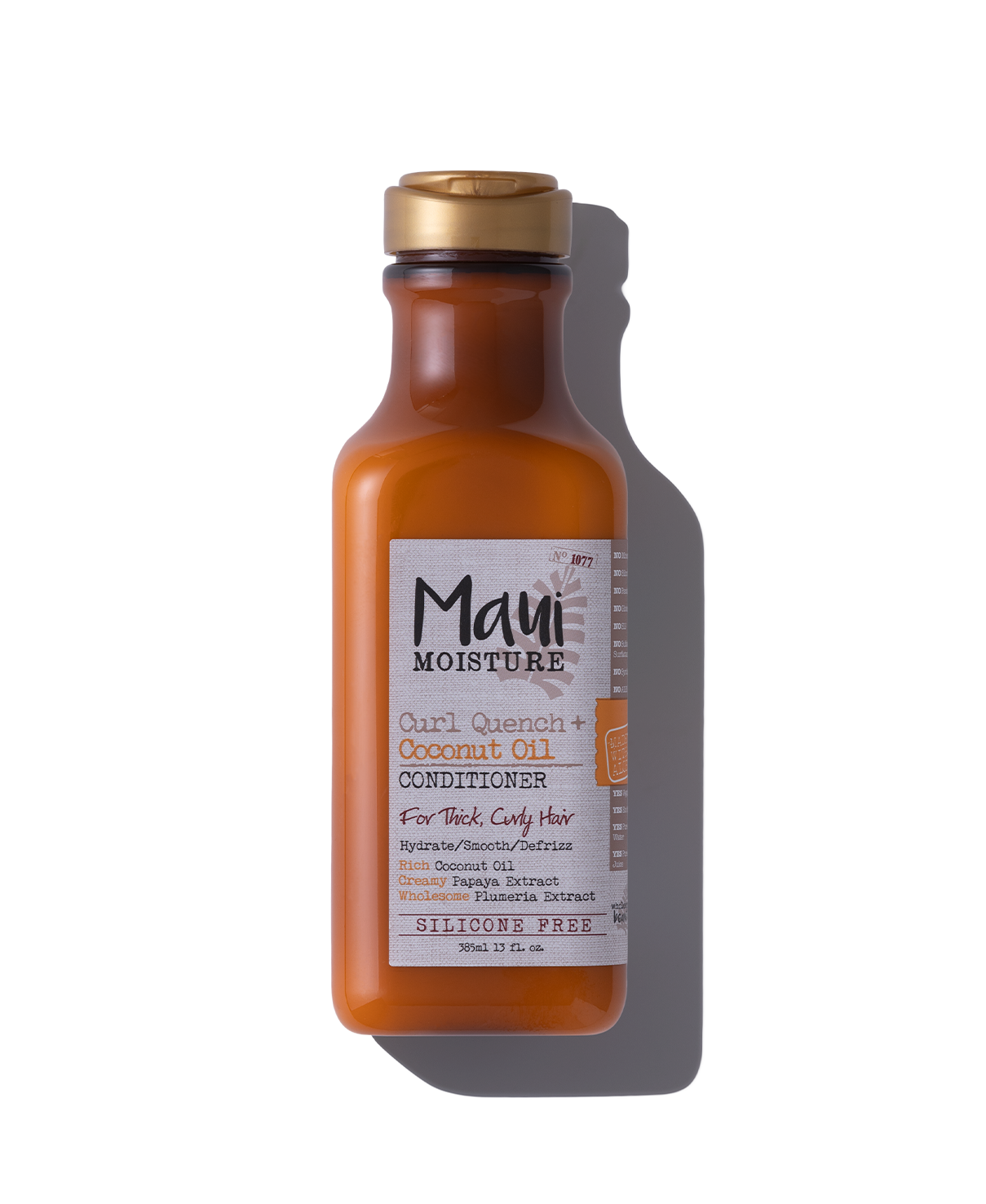


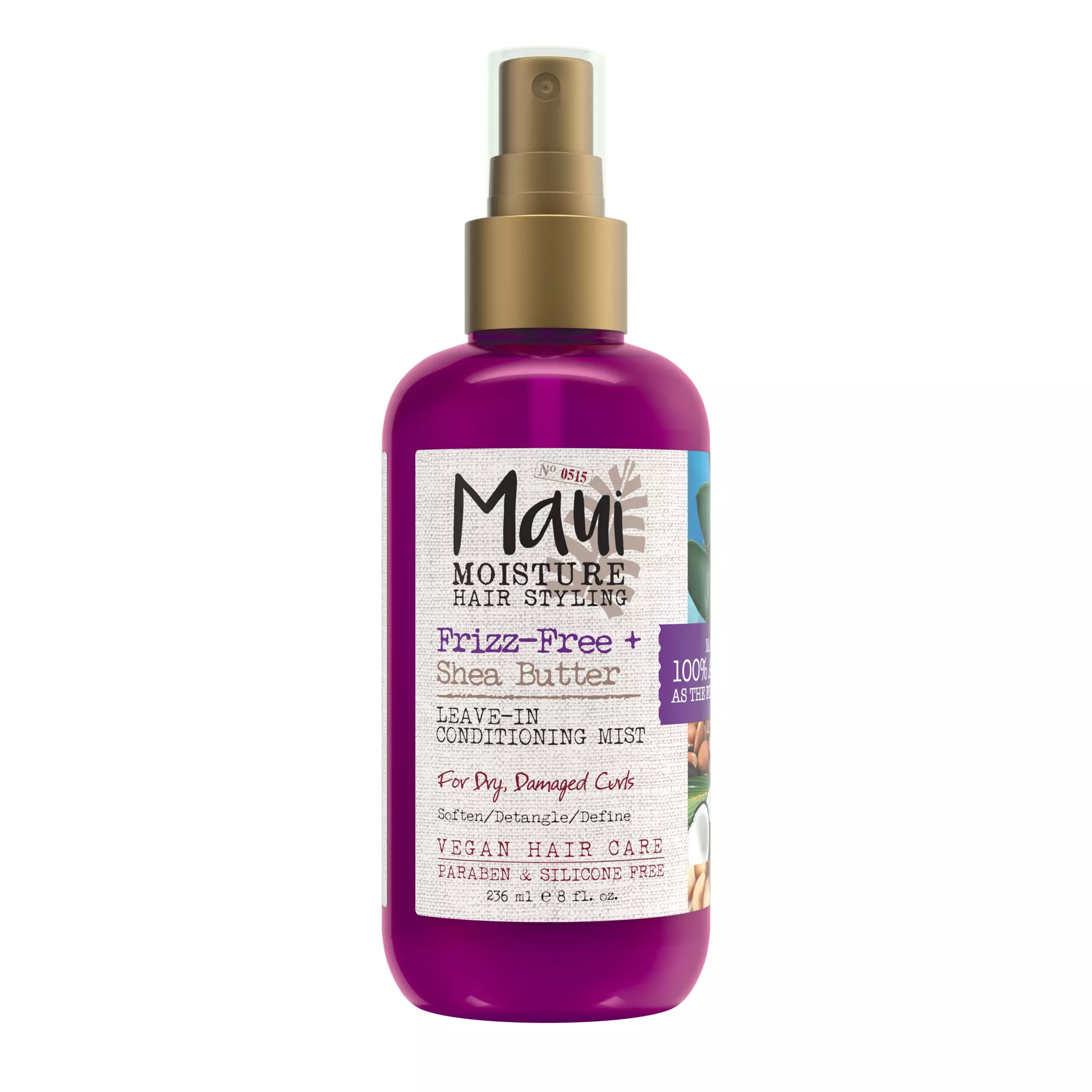
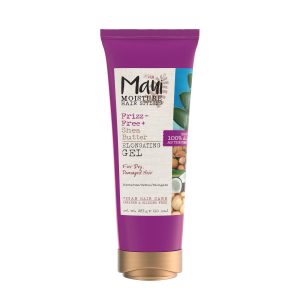

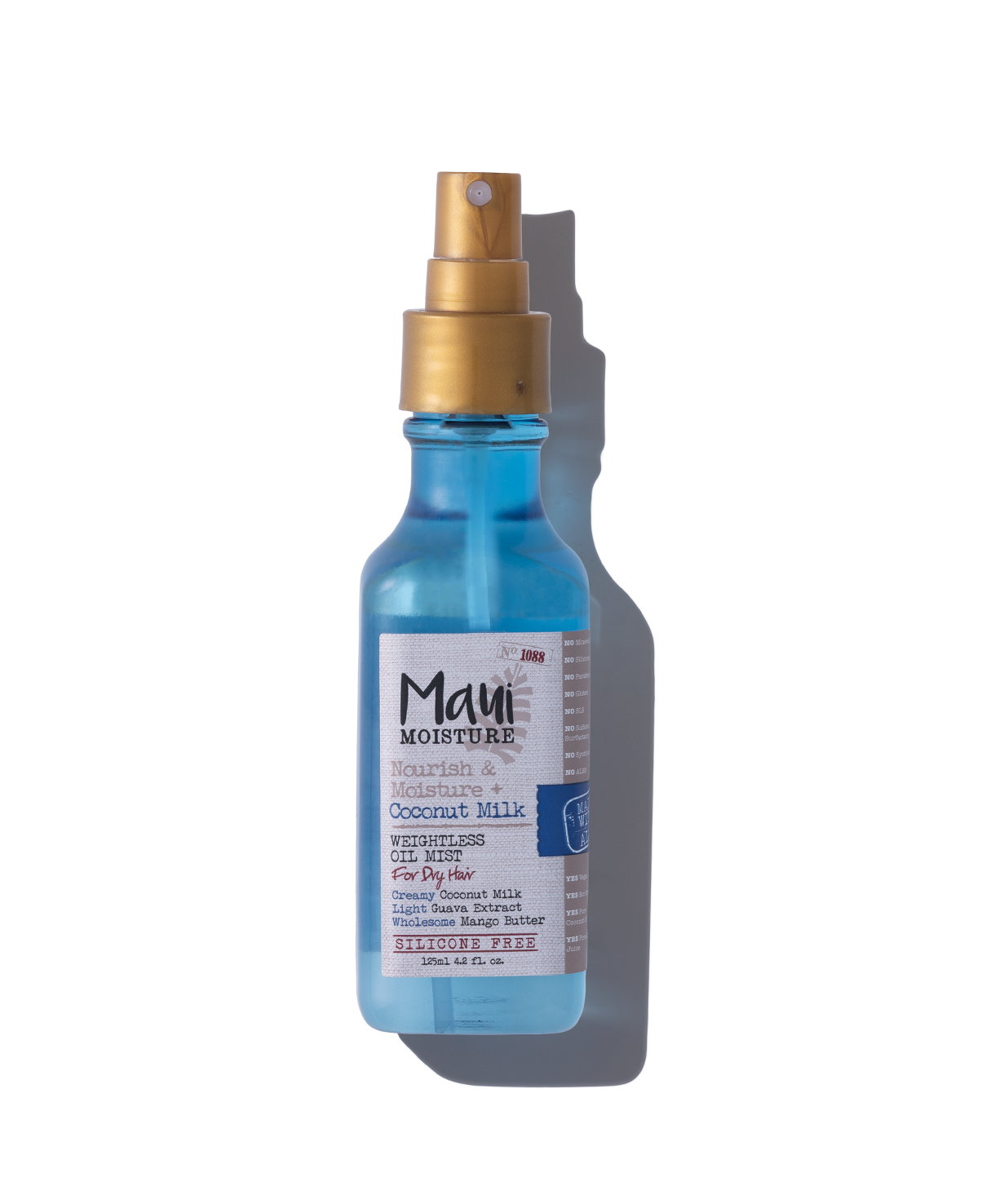
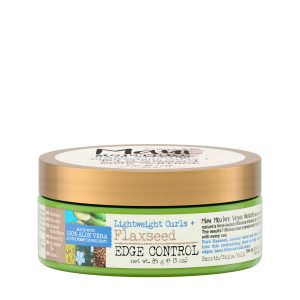
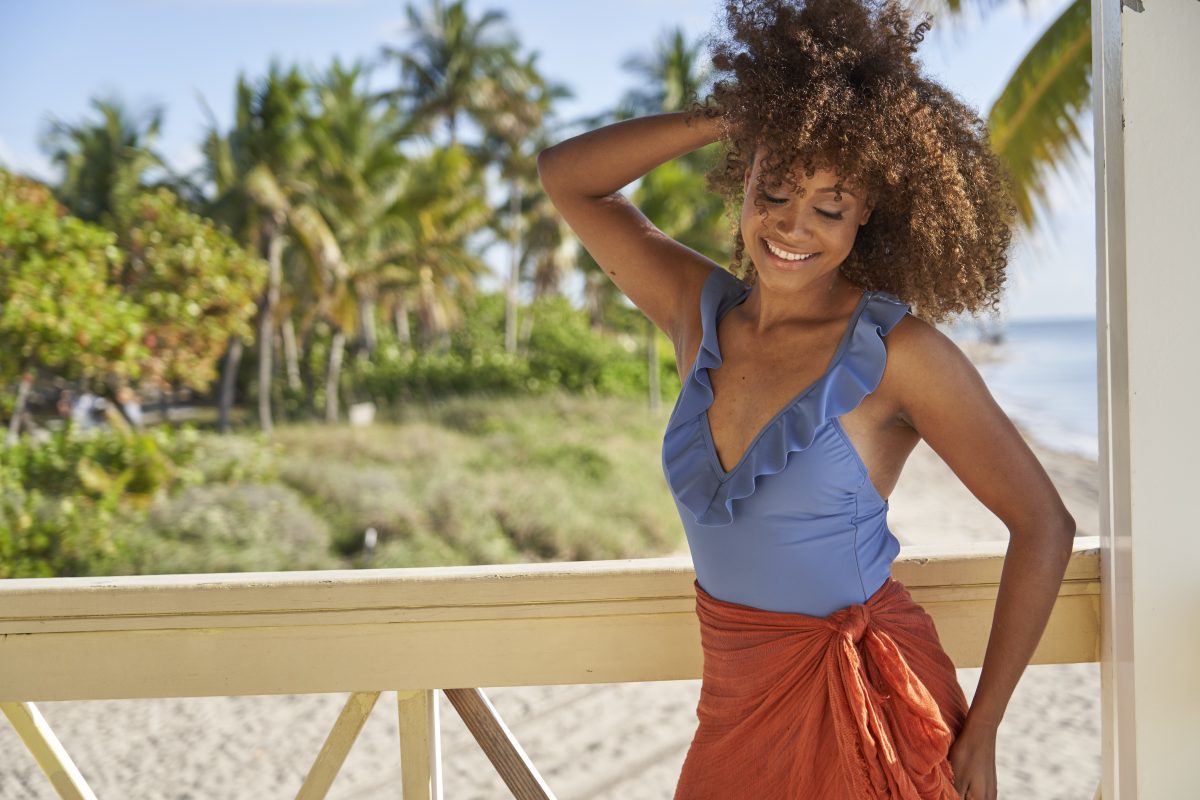
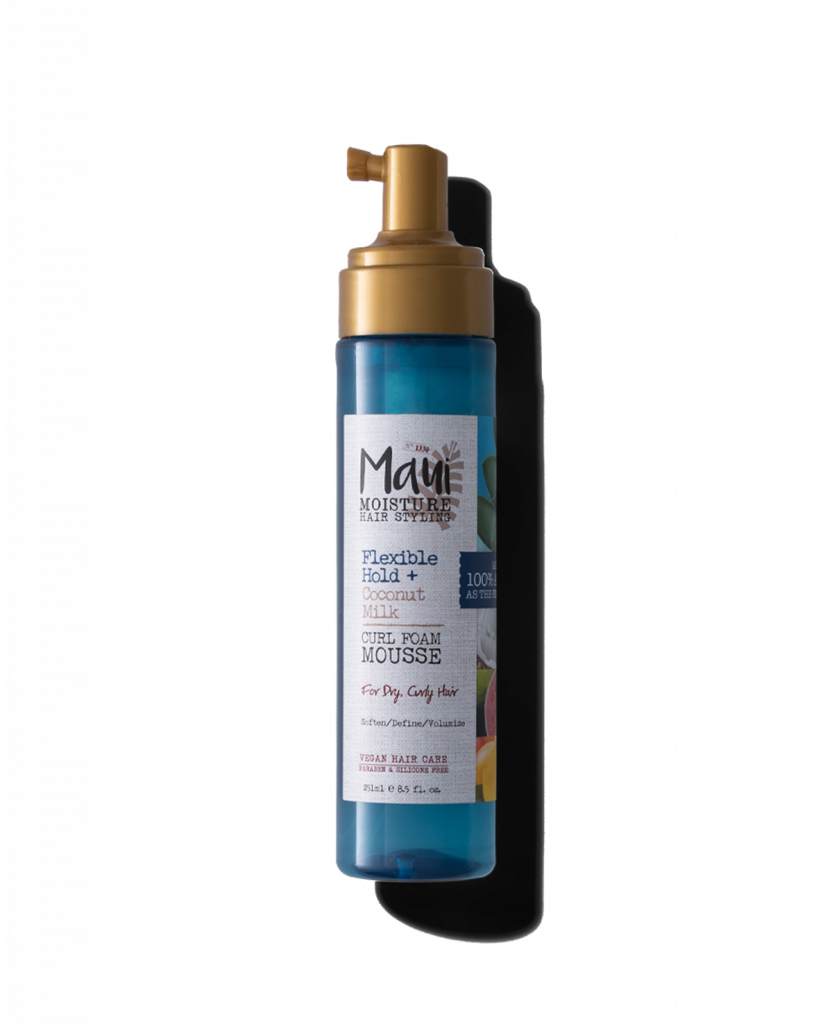
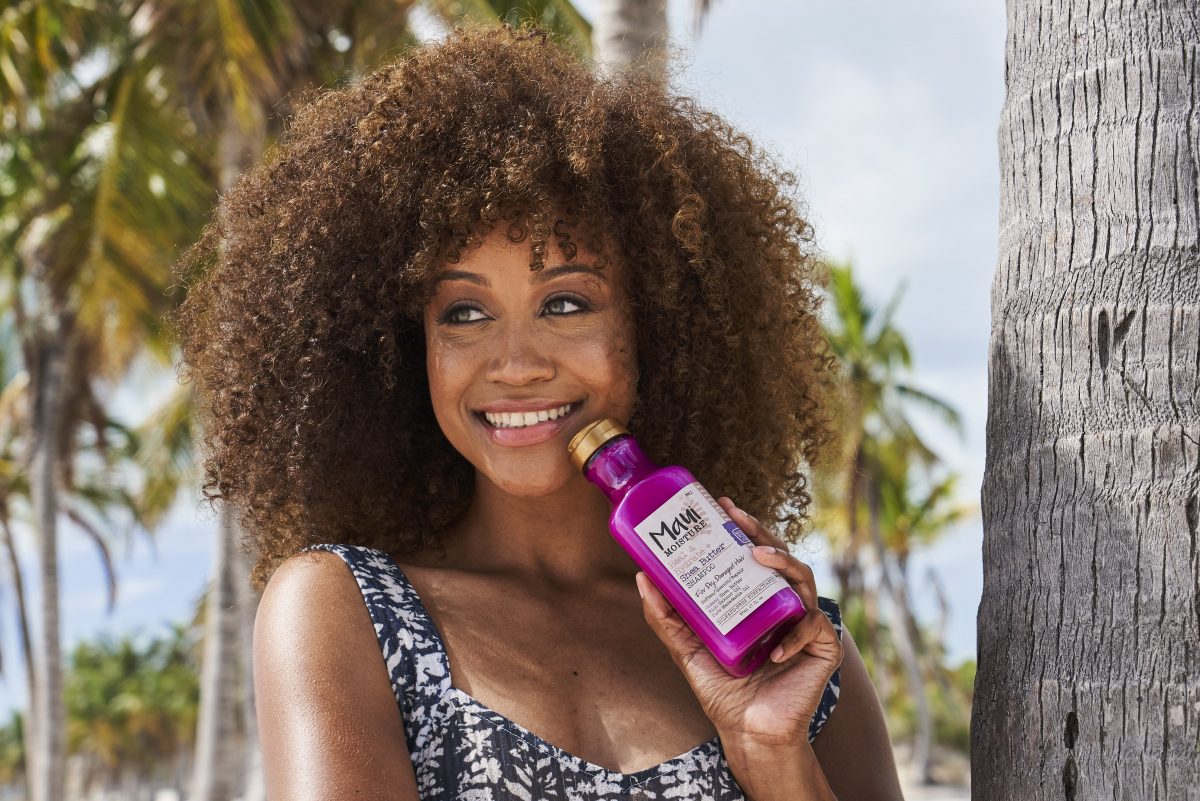
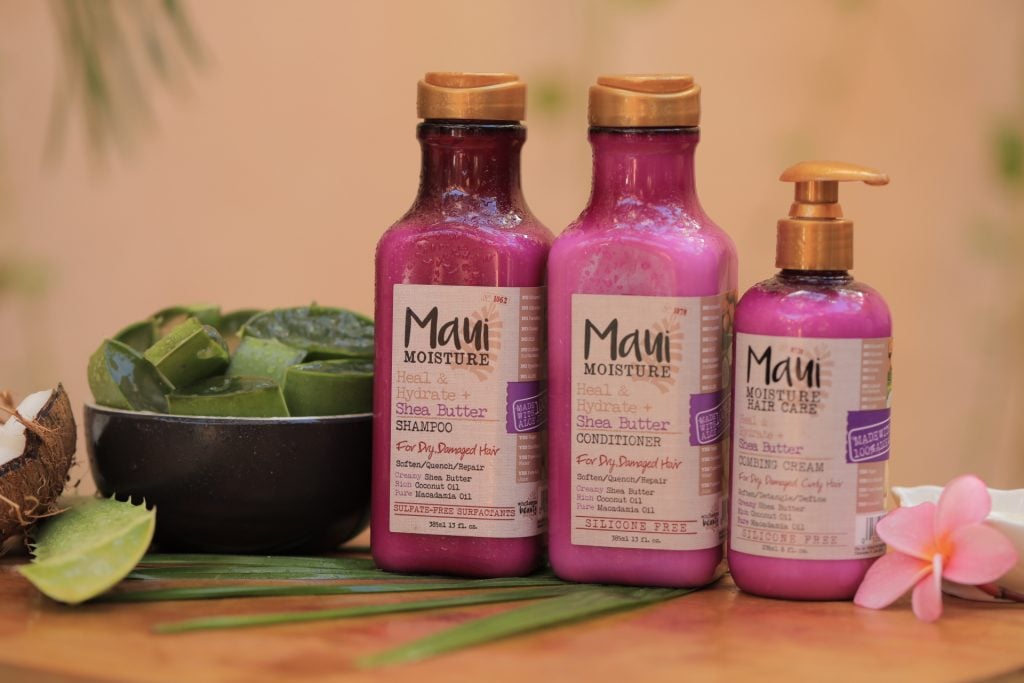
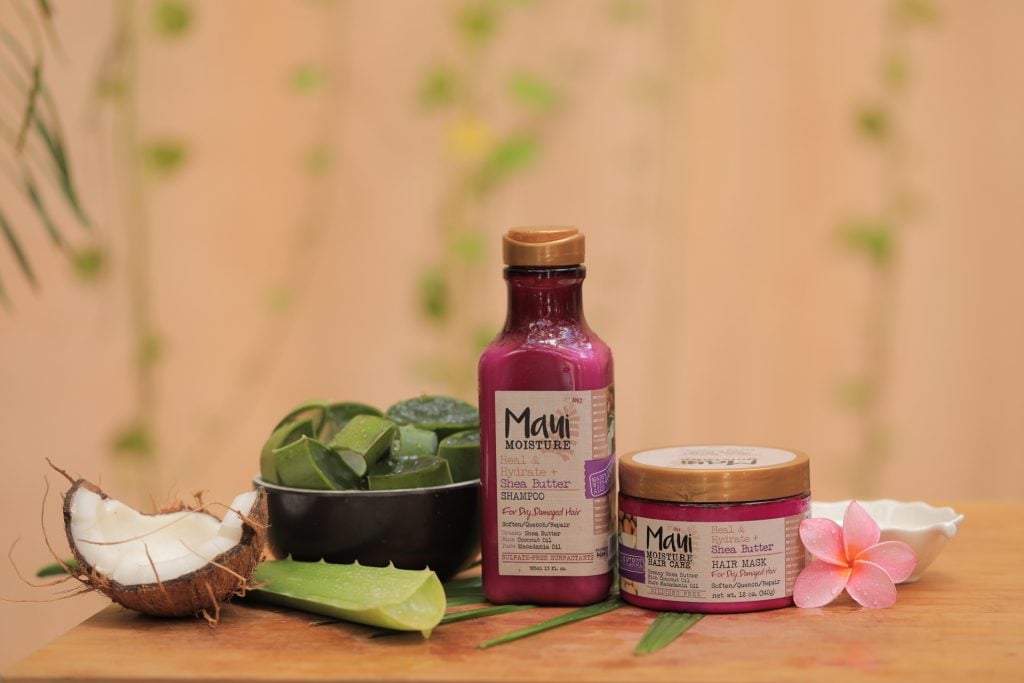
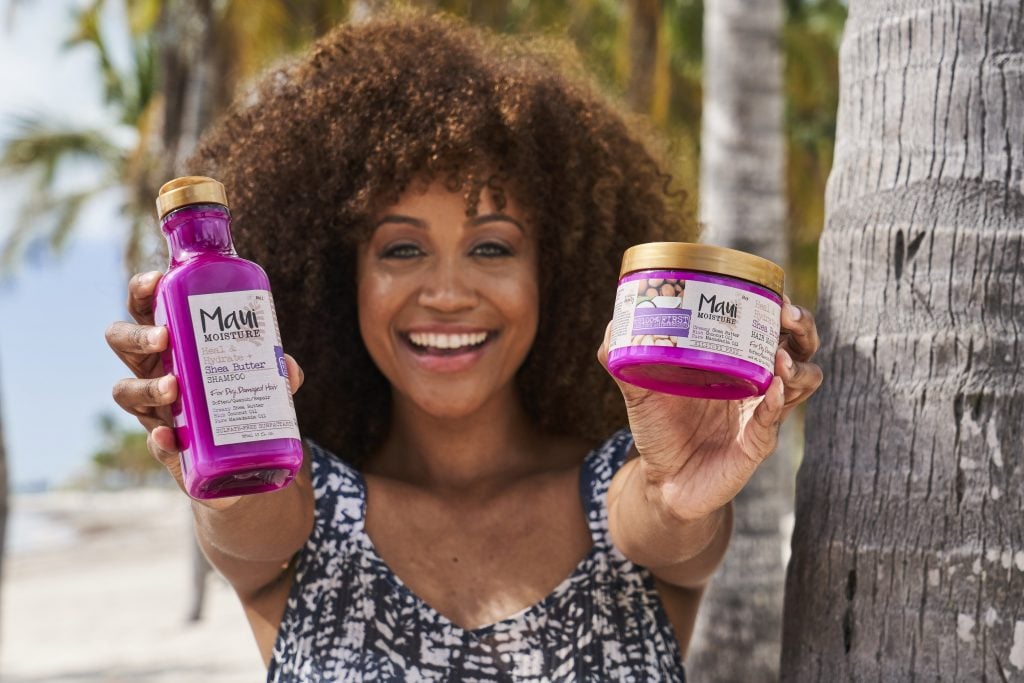

 Every curly girl has been there – the stress of wondering, how did my curls get so damaged? You want them to look their best, but your current repair routine just isn’t “cutting it”. However, damage isn’t just about how your curls look; it goes to the root of your hair’s overall health.
Every curly girl has been there – the stress of wondering, how did my curls get so damaged? You want them to look their best, but your current repair routine just isn’t “cutting it”. However, damage isn’t just about how your curls look; it goes to the root of your hair’s overall health. This one’s probably not a surprise – lay off heat styling for the foreseeable future. Sit back and let that hair air dry! Plopping is one great way to cut down on drying time, but you have to be gentle. Lay a soft cotton T-shirt/microfiber towel on a flat surface, flip your wet coils over and lower them into the middle of the fabric so it becomes a sort of “bag” of curls on top of your head. Tie the material around your head while still upside down, and voila – your curls are plopped and ready to air-dry!
This one’s probably not a surprise – lay off heat styling for the foreseeable future. Sit back and let that hair air dry! Plopping is one great way to cut down on drying time, but you have to be gentle. Lay a soft cotton T-shirt/microfiber towel on a flat surface, flip your wet coils over and lower them into the middle of the fabric so it becomes a sort of “bag” of curls on top of your head. Tie the material around your head while still upside down, and voila – your curls are plopped and ready to air-dry!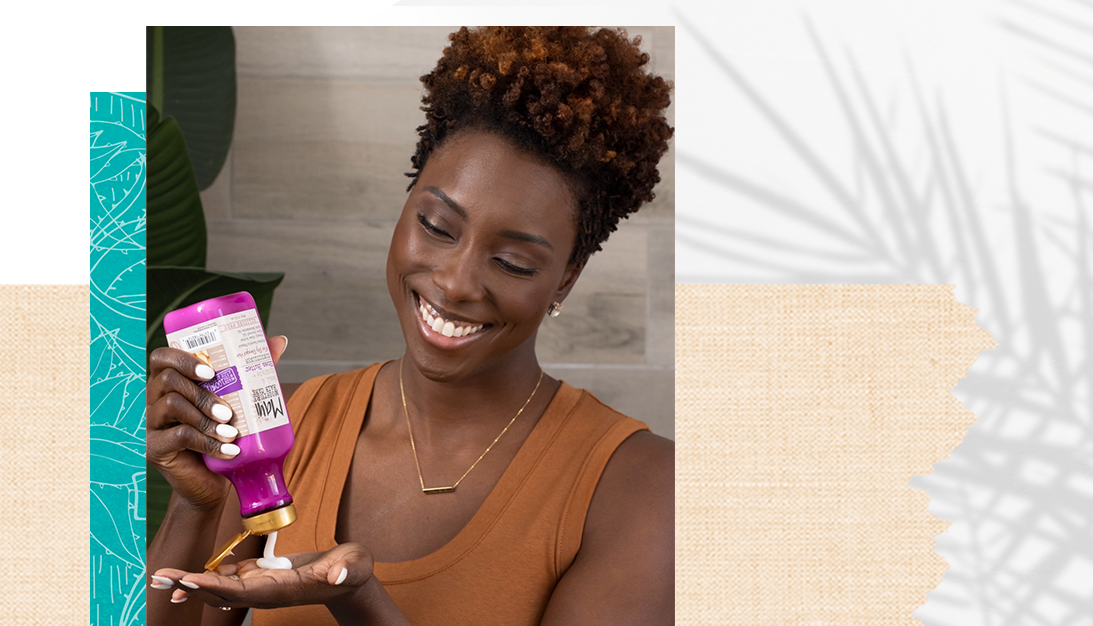
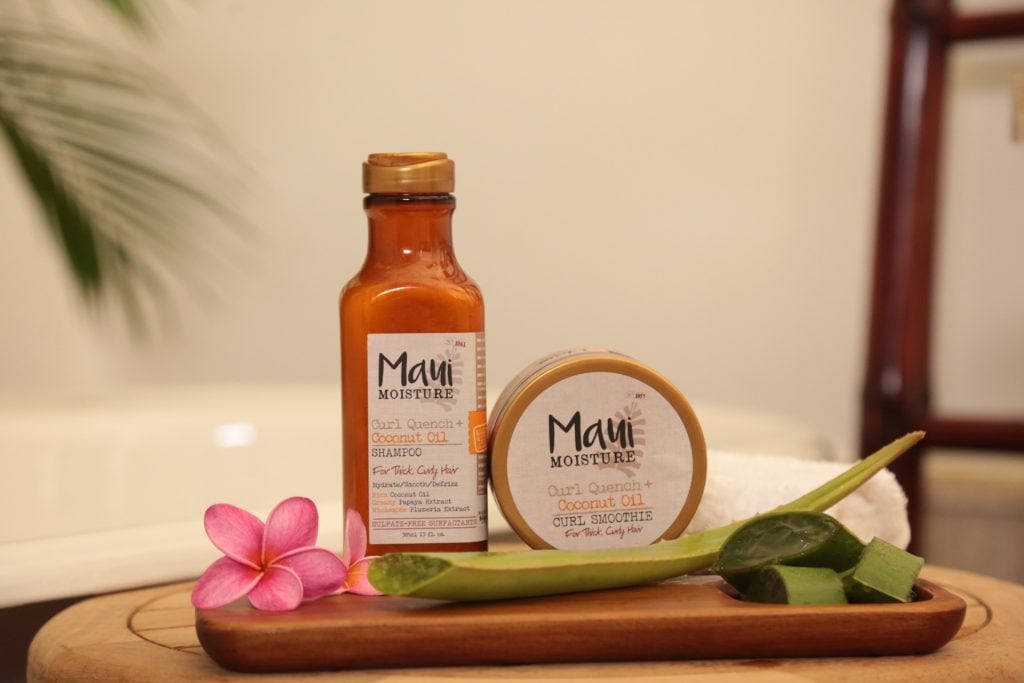
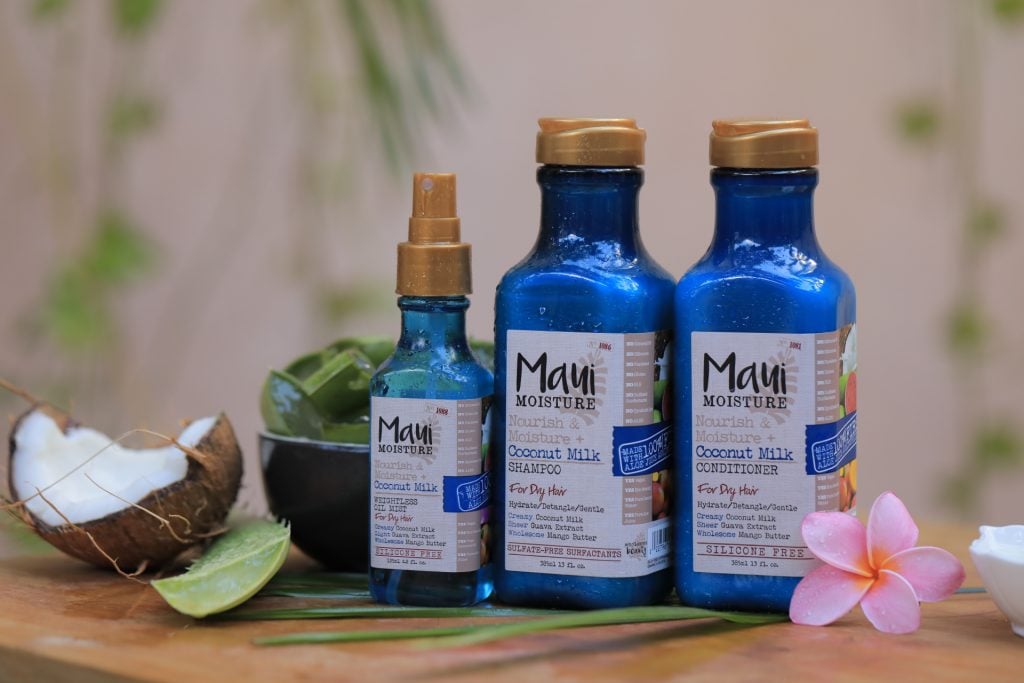
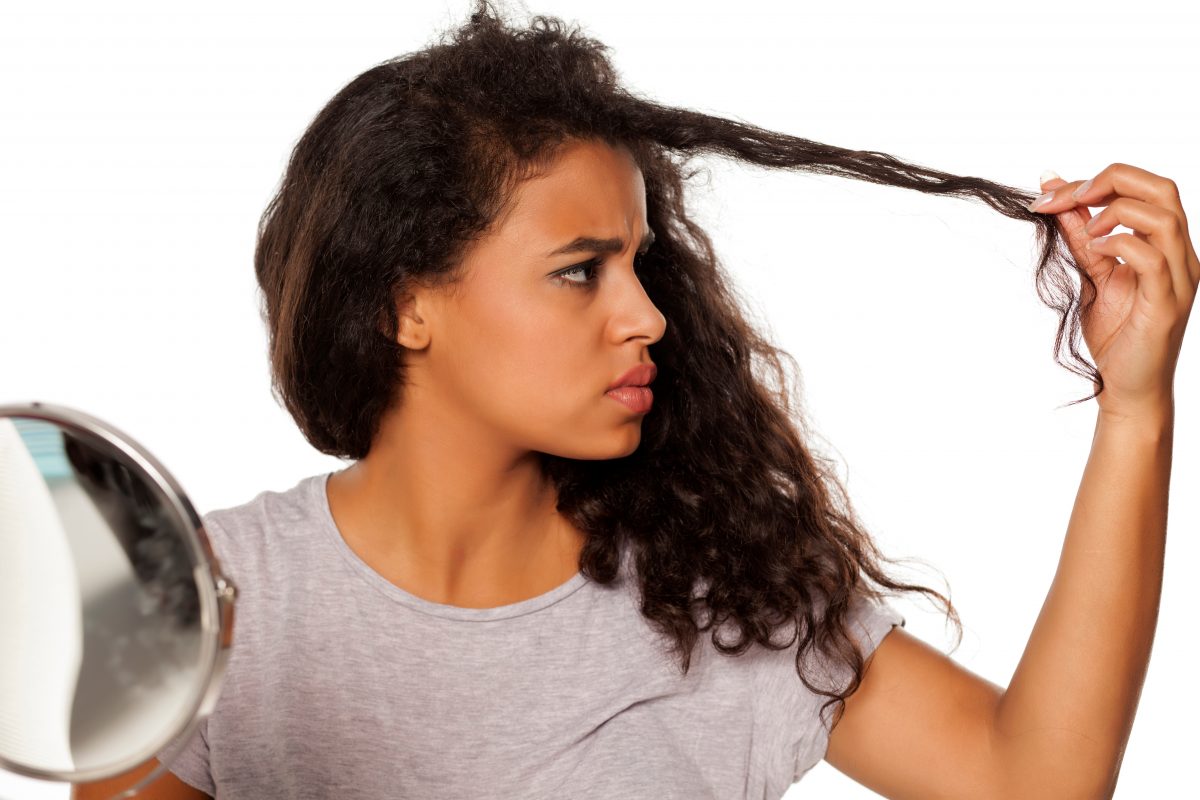
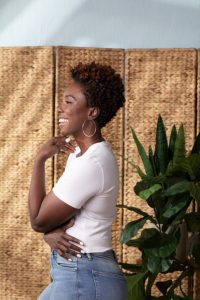
 Dry air is common in colder months and in Northern areas. To prevent dry strands from forming knots and breaking easily, you need to hydrate your hair more.
Dry air is common in colder months and in Northern areas. To prevent dry strands from forming knots and breaking easily, you need to hydrate your hair more.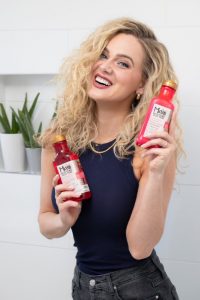 Humidity is a delicate balance. When it’s not overwhelming, it can bring out your curl pattern and give your curls extra definition as they soak up the moisture in the air. But when humidity levels rise further, you may deal with limp, puffy and frizzy curls. Volume says “bye!”, and so does definition – all because your hair is now absorbing TOO much moisture from the air.
Humidity is a delicate balance. When it’s not overwhelming, it can bring out your curl pattern and give your curls extra definition as they soak up the moisture in the air. But when humidity levels rise further, you may deal with limp, puffy and frizzy curls. Volume says “bye!”, and so does definition – all because your hair is now absorbing TOO much moisture from the air.